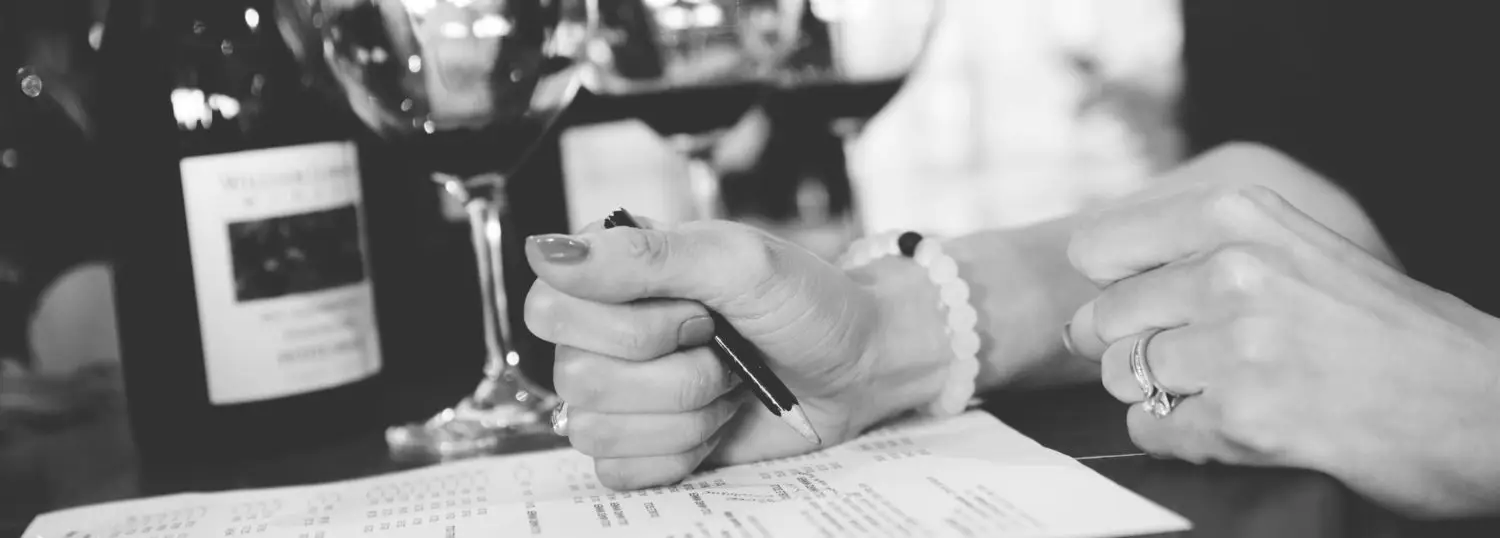On Wednesday I proposed that the tasting portion of the WSET D3 exam is still a theory exam. I threw a couple of made-up theory questions based on your dry tasting notes (my experiential tasting notes) to put that into practice. (Read WSET Diploma Tasting—Burgundy’s Chardonnay Spectrum for the original inquiry and my full tasting notes.)
I got some great feedback on how to tackle those questions. Based on my notes and yours, I’ve put together some bullet points on what to cover in the theory portion. If you have additional thoughts or notes you want to add to this post—you know how to reach me. Cheers

Burgundy Wine Map | The Official Beaune Travel Guide | beaune-tourism.com
PS: For more Burgundy info, read Wine Regions of Burgundy and a Wine Review and The Australian Alternative to French Favorites based on my studies for the Level 3 exam.




